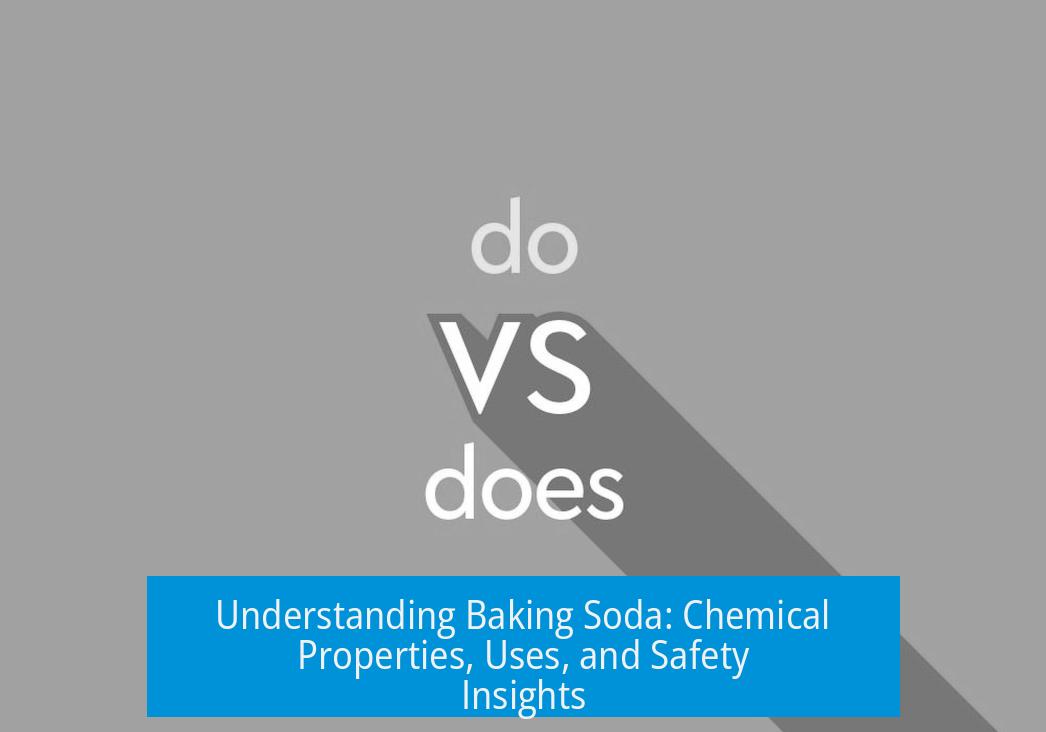Explaining Baking Soda: Chemical Nature and Uses
Baking soda is sodium bicarbonate, a compound that acts as a mild base, removing hydrogen ions (H+) from substances it contacts. This ability helps baking soda clean by making grime more soluble and easier to wash away.
Chemical Properties and Mechanism
Baking soda contains the bicarbonate ion (HCO3-), which acts as a base by accepting hydrogen ions. This reaction alters the surrounding environment’s chemistry. When baking soda encounters acids, it takes a proton (H+) from the acid to form carbonic acid (H2CO3).
Carbonic acid quickly decomposes into carbon dioxide gas (CO2) and water (H2O). The overall reaction:
HCO3- + H+ → H2CO3 → CO2 + H2O
Role in Baking
In baking, carbon dioxide gas produced by this reaction forms bubbles in dough or batter. These gas bubbles expand during heating, causing the baked goods, like cookies and cakes, to rise and become porous. Acids such as cream of tartar or lemon juice are often added to activate this chemical process.
By the end of baking, baking soda completely breaks down. The final baked product typically contains only harmless water and carbon dioxide, leaving no residual sodium bicarbonate taste.
Biological Interactions and Safety
If ingested, baking soda reacts with stomach hydrochloric acid similarly, forming CO2 and water. This neutralization can relieve indigestion by reducing stomach acidity.
Baking soda’s pH in solution is slightly above 8, making it a weak base but effective in cleaning. Stronger acids like stomach acid are biologically managed safely under normal conditions.
However, prolonged skin contact with wet baking soda can cause chemical irritation or burns. Proper use and moderation are essential.
Summary of Key Points
- Baking soda is sodium bicarbonate, acting as a mild base by removing H+ ions.
- It reacts with acids to produce carbon dioxide gas and water.
- CO2 gas makes baked goods rise by forming bubbles.
- Baking soda breaks down fully in baking, leaving no residue.
- It can neutralize stomach acid, producing CO2, used for digestion relief.
- Prolonged skin exposure to wet baking soda may cause irritation or burns.





Leave a Comment